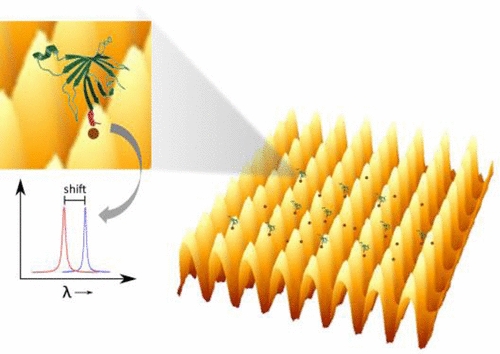Prof. Kristine Spekkens is part of a research team that has secured a $10 million CFI Innovation Fund award for the development of a radio astronomy data centre.

The project, led by Dunlap Institute Director Prof. Bryan Gaensler, will build the infrastructure, computing capability, and expertise needed to process the overwhelming flood of information being produced by next-generation radio telescopes. The goal is to turn raw data into images and catalogues that astronomers can use to investigate cosmic magnetism, the evolution of galaxies, cosmic explosions, and more. It will also help build the Canadian capacity needed to participate in what will be the largest and most powerful radio telescope ever constructed: the Square Kilometre Array. For Spekkens, the award consists of $0.5 million from CFI, provincial and other partners to model the gas distributions in Milky Way-type galaxies mapped with CSIRO’s Australian Square Kilometre Array Pathfinder (ASKAP).
The annual CFI Innovation Fund awards support transformative and innovative research or technology development in areas where Canada currently is, or has the potential to be, competitive at a global level.
The awards were announced today by the Honourable Kirsty Duncan, Minister of Science, in a ceremony at the University of Manitoba, as part of a CFI investment of more than $554 million in 117 new infrastructure projects at 61 universities, colleges and research hospitals across Canada.
 Atomic gas velocity map for a nearby spiral galaxy, M33. The colours correspond to Doppler redshifts and blueshifts relative to the center of mass. Credit: National Radio Astronomy Observatory (NRAO)
Atomic gas velocity map for a nearby spiral galaxy, M33. The colours correspond to Doppler redshifts and blueshifts relative to the center of mass. Credit: National Radio Astronomy Observatory (NRAO)For further information, please contact:
Prof. Kristine SpekkensDepartment of Physics and Space Science
Royal Military College of Canada
Telephone: 613-541-6000 x 6340
E-mail: Kristine.Spekkens@rmc-cmr.ca Prof. Bryan Gaensler, Director
Dunlap Institute for Astronomy & Astrophysics
University of Toronto
Telephone: 416-978-6223
E-mail: bgaensler@dunlap.utoronto.ca Chris Sasaki
Communications Coordinator | Press Officer
Dunlap Institute for Astronomy & Astrophysics
University of Toronto
Telephone: 416-978-6613
E-mail: csasaki@dunlap.utoronto.ca
Web: Dunlap Institute for Astronomy and Astrophysics Malorie Bertrand
Media Relations and Social Media Specialist
Canada Foundation for Innovation
Telephone: 613-943-2580
E-mail: malorie.bertrand@innovation.ca
Web: Canada Foundation for Innovation
 Artist’s impression of the hot massive supergiant Zeta Puppis.
Artist’s impression of the hot massive supergiant Zeta Puppis. Low-cost nanoplasmonic (bio)sensor based on crossed surface relief gratings (CSRGs) on gold-coated azo-glass substrate.
Low-cost nanoplasmonic (bio)sensor based on crossed surface relief gratings (CSRGs) on gold-coated azo-glass substrate.